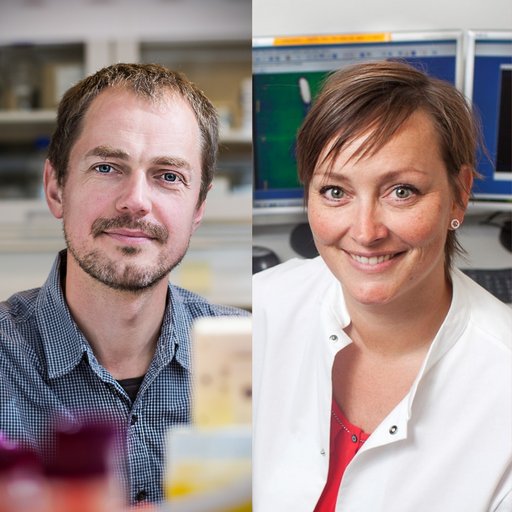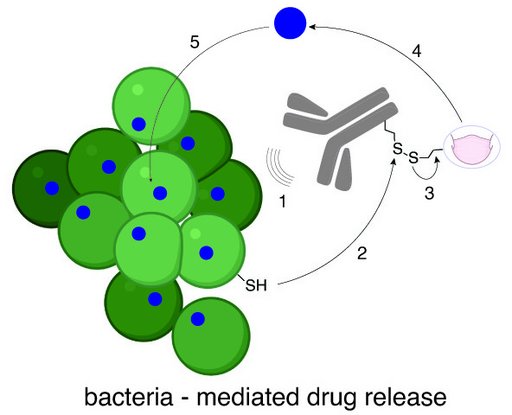Advances in treatment of implant-associated infections
The groups of Alexander N. Zelikin (Dept. of Chemistry) and Rikke L. Meyer (iNANO), in collaboration with Aarhus University Hospital (Skejby) and University Medical Center Utrecht, report on the design of targeted therapy to treat implant-associated infections. The findings have been published in Advanced Science.

Treatment of implant-associated bacterial infections remains one of the great unsolved challenges in medical microbiology today. These infections are resilient because the bacteria reside in biofilms, which protect them from the immune system. Inside the biofilm, some of the bacteria become dormant and therefore tolerate most current antibiotics – these are primarily effective against actively growing bacteria. Surgical replacement of the infected implants followed by antibiotics is the standard treatment, but this procedure is costly and associated with major morbidity and mortality. Therefore, novel non-surgical treatments are needed.
New, effective therapies require drugs that kill dormant bacteria. Such drugs are available, but they were developed for cancer treatment and have severe side effects. In order to repurpose anti-cancer drugs for treatment of biofilm infections, scientists from the Department of Chemistry and iNANO have developed a treatment that delivers and releases the drug at the site of infection to maximise its antimicrobial activity while minimising exposure to the rest of the body.

The scientists achieved this by binding (conjugating) the anti-cancer drug Mitomycin C to antibodies that bind selectively to the bacterial biofilm. A unique feature of the design is that the chemical linker between the drug and the antibody spontaneously releases the drug upon binding of the antibody to the bacteria. The treatment was highly effective against an implant-associated bone infection where conventional antibiotics failed, and the scientists observed no or few side effects.
Antibody conjugates that release a drug upon contact with bacteria is a new strategy for targeting bacterial infections, and it opens the door to development of safer therapies that use more potent antimicrobials to combat biofilm infections. The study demonstrated the concept against the most common culprit of implant-associated infections, Staphylococcus aureus. However, the chemical design is highly flexible, allowing for adaptation with other antibiotics and antibodies directed to target other pathogens.
Additional information | |
We strive to ensure that all our articles live up to the Danish universities' principles for good research communication(scroll down to find the English version on the web-site). Because of this the article will be supplemented with the following information: | |
Type of study/method | Original research |
External collaborators | University Medical Center Utrecht |
External funding | Independent Research Fund Denmark. Grant Number: FTP- 9041-00242A Novo Nordisk Foundation. Grant Number: NNF19OC0058357 DARTBAC. Grant Number: NWA.1292.19.354 |
Conflict(s) of interest | None |
Other | N/A |
Link to scientific article | |
Contact | Professor Alexander Zelikin Professor Rikke L. Meyer |
